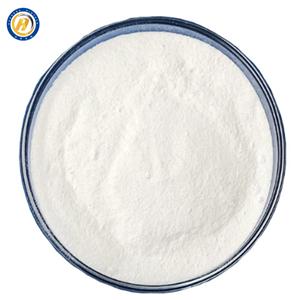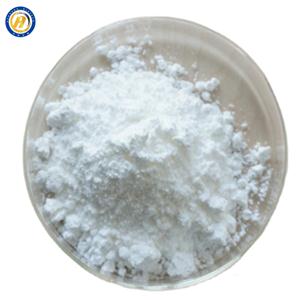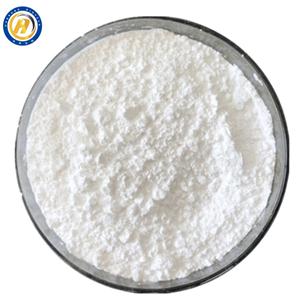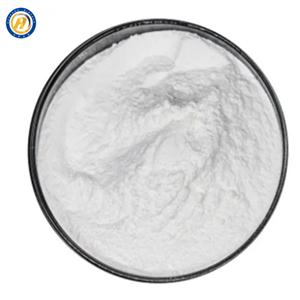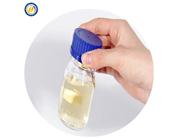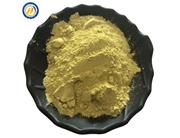99% Artemisinin CAS:63968-64-9 Use for anticancer
Product Name:Artemisinin
Synonyms:3,12-epoxy-12h-pyranol(4,3-j)-1,2-benzodioxepin-10(3h)-one,octahydro-3,6,9-tri;artemisiaannual.,extract;huanghuahaosu;octahydro-3,6,9-trimethyl-3,12-epoxy-12h-pyrano(4,3-j)-1,2-benzodioxepin-10(;qinghausau;qinghausu;QHS;ARTEMISININ 99%
CAS:63968-64-9
MF:C15H22O5
MW:282.33
EINECS: 1806241-263-5
Melting point:156-157 °C (lit.)
alpha:76 º (c=0.5,MeOH)
Boiling point:344.94°C (rough estimate)
density:1.0984 (rough estimate)
refractive index:75 ° (C=0.5, MeOH)
storage temp.:-20°C
solubility:Soluble to 100mM in DMSO and to 75mM in ethanol
form:White to off-white crystalline solid.
Stability:Stable. Combustible. Incompatible with strong oxidizing agents, acids, acid chlorides, acid anhydrides. May absorb, and react with, carbon dioxide from the air.
Description
Artemisinin is an antimalarial agent with anticancer activity. It is an iron(II) oxide-reactive endoperoxide that generates reactive oxygen species (ROS) upon cleavage of its endoperoxide bridge. It reduces the growth of various P. falciparum strains in vitro (IC50s = 3.98-20.36 nM) and reduces parasitemia in mice infected with P. falciparum with a curative dose (CD50) value of 140 mg/kg. It also reduces P. berghei infection in mice (ED50 = 5.6 mg/kg per day). Artemisinin (100-400 μM) induces cell cycle arrest in the G0/G1 phase and apoptosis and inhibits growth of SK-N-AS, BE(2)-C, SK-N-DZ, and SHEP1 neuroblastoma cells in a time- and concentration-dependent manner. It also suppresses BE(2)-C cell colony formation in a soft agar assay and reduces tumor growth in a BE(2)-C mouse xenograft model. Formulations containing artemisinin have been used in combination therapies for the treatment of malaria.
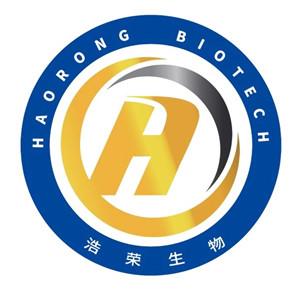
 China
China
